 The N.H. Fish and Game’s Nongame and Endangered Wildlife Program celebrates its 25th anniversary this month. From a department press release, here are some of the projects that the program is involved with:
The N.H. Fish and Game’s Nongame and Endangered Wildlife Program celebrates its 25th anniversary this month. From a department press release, here are some of the projects that the program is involved with:
“KIDS FOR KARNERS” started in 2000 as a way to engage area school children in the Karner blue butterfly and Concord Pine Barrens project. Every winter, biologists go into classrooms where they talk to kids from pre-K through high school about the project. The students then plant wild lupine seeds and take care of the plants until May when they come to the Concord Pine Barrens to plant their wild lupine plants. Learn more at http://www.wildnh.com/Wildlife/Nongame/projects/karner_project.html.
PROJECT OSPREY: Fish and Game’s Nongame and Endangered Wildlife Program joined forces with Public Service of New Hampshire (PSNH) and New Hampshire Audubon to work toward a full recovery of the state-threatened bird of prey by the end of 2005. Learn more at http://www.wildnh.com/Wildlife/Nongame/project_osprey.htm.
NH DRAGONFLY SURVEY started in 2007 as a partnership of NH Audubon, NH Fish and Game, and University of New Hamphire Cooperative Extension. Its goal is to gain a better understanding of the distribution of dragonfly species of conservation concern in New Hampshire. In the first four years of the project, over 200 people attended workshops intended to train volunteers in dragonfly biology and data collection methods. Learn more at http://www.wildnh.com/Wildlife/Nongame/dragonflies.html.
REPTILE AND AMPHIBIAN REPORTING PROGRAM (RAARP) encourages volunteers to report sightings of reptiles and amphibians from spring peepers to snapping turtles. These reports are extremely valuable to biologists. Observations are used to determine the distribution of reptiles and amphibians within New Hampshire. Verified reports of rare species locations are mapped and stored in a database used for land protection and conservation purposes. Learn more at http://www.wildnh.com/Wildlife/Nongame/reptiles_amphibians.htm.
TAKING ACTION FOR WILDLIFE is a collaboration between the NH Fish and Game Department and University of New Hampshire Cooperative Extension to help communities, conservation groups and landowners conserve wildlife and habitats in New Hampshire. The website contains many resources that can help you get involved in efforts to protect, restore and learn about wildlife and habitats. Visit http://extension.unh.edu/fwt/tafw/index.htm.
See more projects at http://www.wildnh.com/nongame.
Read an article in NH Wildlife Journal about 25 years of nongame programs, here.
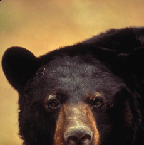 Earlier this month 11 defendants were sentenced as the result of a four-year undercover investigation of bear poaching in North Carolina and Georgia. The effort, known as Operation Something Bruin, involved two state and three federal agencies.
Earlier this month 11 defendants were sentenced as the result of a four-year undercover investigation of bear poaching in North Carolina and Georgia. The effort, known as Operation Something Bruin, involved two state and three federal agencies.
 The N.H. Fish and Game’s Nongame and Endangered Wildlife Program celebrates its 25th anniversary this month.
The N.H. Fish and Game’s Nongame and Endangered Wildlife Program celebrates its 25th anniversary this month. 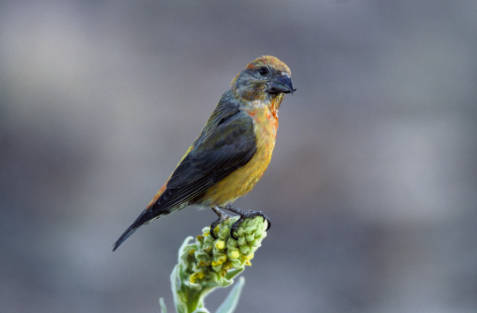 The Montana Department of Fish, Wildlife & Parks has reported an avian salmonella outbreak in Billings, Montana,
The Montana Department of Fish, Wildlife & Parks has reported an avian salmonella outbreak in Billings, Montana,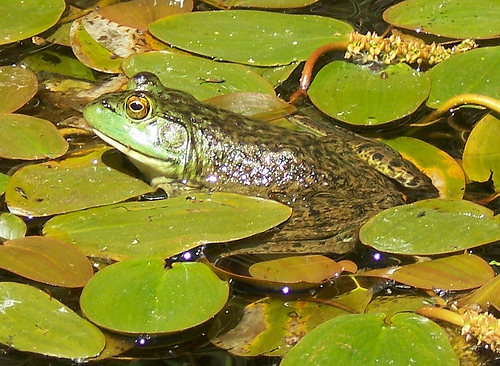 A recent study by researchers at
A recent study by researchers at 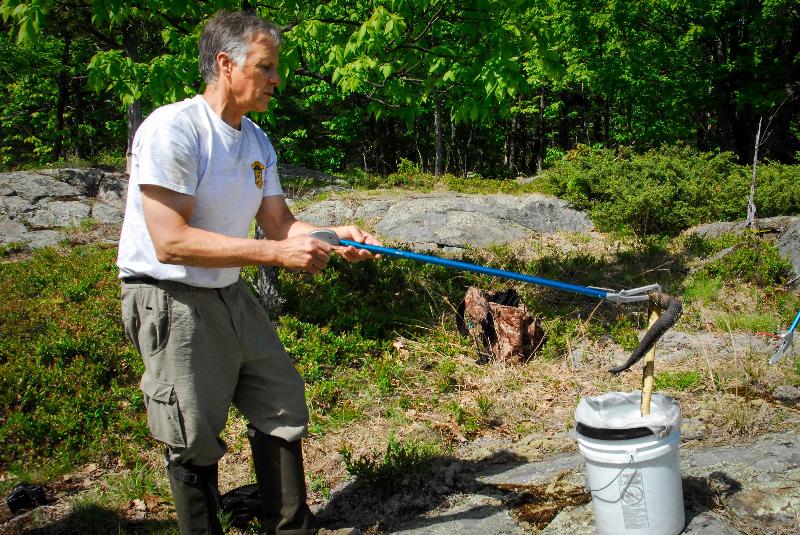 Nashville Public Radio
Nashville Public Radio 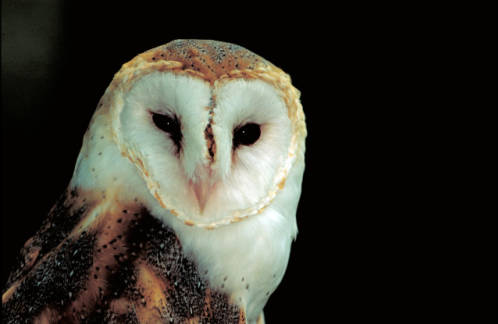 Delaware Division of Fish and Wildlife biologists began banding barn owls at the beginning of June. Since the annual banding project began in 1996, the biologists have banded 598 barn owls,
Delaware Division of Fish and Wildlife biologists began banding barn owls at the beginning of June. Since the annual banding project began in 1996, the biologists have banded 598 barn owls,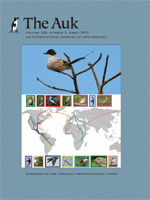 Geolocators are a relatively new tool that allows researchers to track the movements of small animals, such as birds.
Geolocators are a relatively new tool that allows researchers to track the movements of small animals, such as birds.